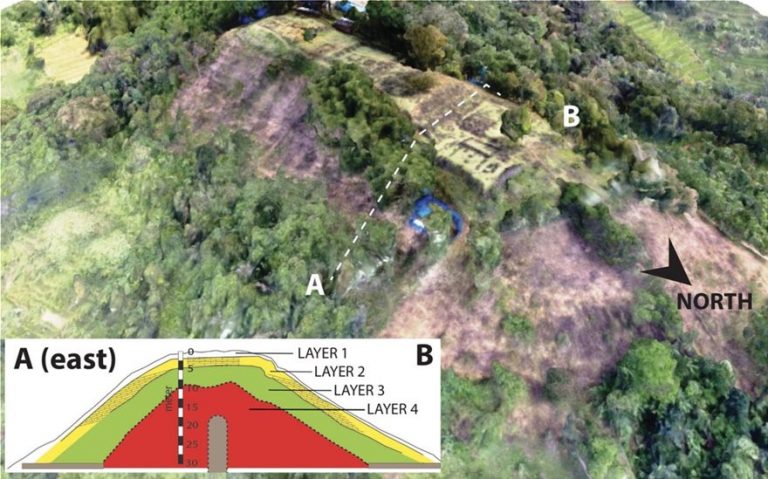Scientists using an aerial remote-sensing method have discovered the largest and oldest-known structure built by the ancient Maya civilization – a colossal rectangular elevated platform built between 1000 and 800BC in Mexico’s Tabasco state.
The structure, unlike the soaring Maya pyramids at cities like Tikal in Guatemala and Palenque in Mexico erected some 1,500 years later, was not built of stone but rather of clay and earth, and was probably used for mass rituals, researchers said on Wednesday.
Located at a site called Aguada Fénix near the Guatemalan border, the structure measured nearly a quarter-mile (400 meters) wide and nine-tenths of a mile (1,400 meters) long and stood 33 to 50 ft (10 to 15 meters) high. In total volume, it exceeded ancient Egypt’s Great Pyramid of Giza built 1,500 years earlier.
Greek e-scooter “Bull-e” is definitely worth checking out (video-photos)
This military theme park lets you drive tanks, crush cars & shoot machine guns (video)
There were no signs of sculptures depicting high-status individuals, suggesting Maya culture at this early stage was more communal and only later developed social inequality and a hierarchical society led by royalty, the researchers said.
Read more: The Guardian
Ask me anything
Explore related questions





